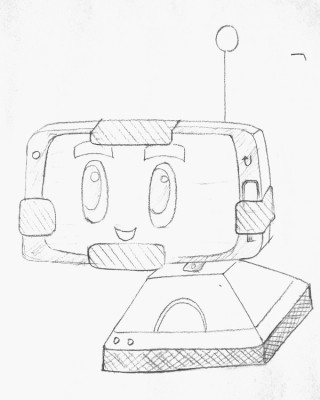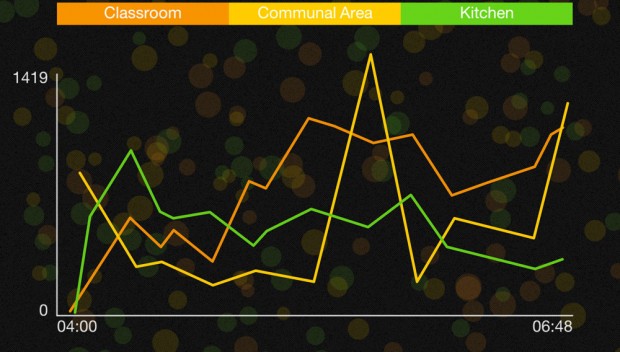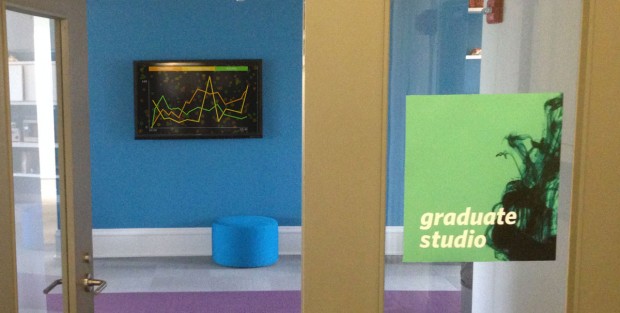Name: John Mars
Status: Graduate Student
Program: Tangible Interaction Design
Background: Bachelors of Architecture, RISD
Homepage: http://M4R5.io
GitHub: https://github.com/marsman12019
Twitter: @john_a_mars
Example Project: Vox Proprius
Vox Proprius (source code) is an iPhone app that harmonizes with you while you sing. Running on the openFrameworks platform, it uses the ofxiOS addon combined with the ofxPd addon to generate sound and visuals.
All of the extra parts are generated live from your own voice using a pitch shifter in Pd. Songs can be written in any number of composition softwares (I used musescore), and exported as a musicXML file for import and synthesis in the app.



